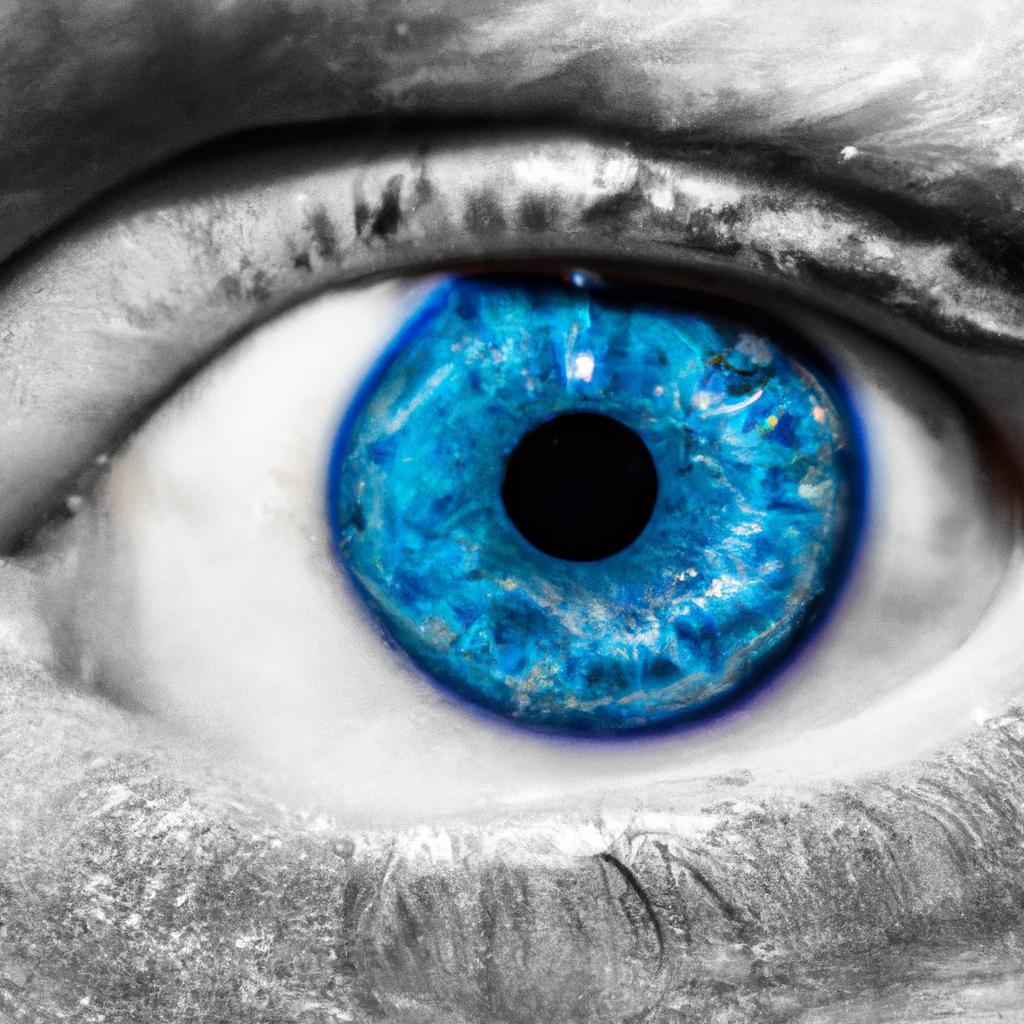We often take our eyesight for granted as we navigate our daily lives. Nevertheless, our eyes are extraordinary organs, enabling us to perceive and embrace the world around us. In Spanish, the eye is known as “El Ojo,” and its significance cannot be overstated.
El Ojo serves as the window to our soul, allowing us to soak in the magnificence and marvels of the world. Without our eyesight, we would be unable to appreciate the rich colors of a sunset, the beauty of a flower, or the smile on a loved one’s face.
Caring for our eyes is of utmost importance to continue relishing the world’s wonders. With the growing reliance on technology and screens, our eyes endure more strain than ever before. Hence, it is crucial to prioritize eye health and adopt preventive measures against common eye problems.
The Fascinating Anatomy of the Eye
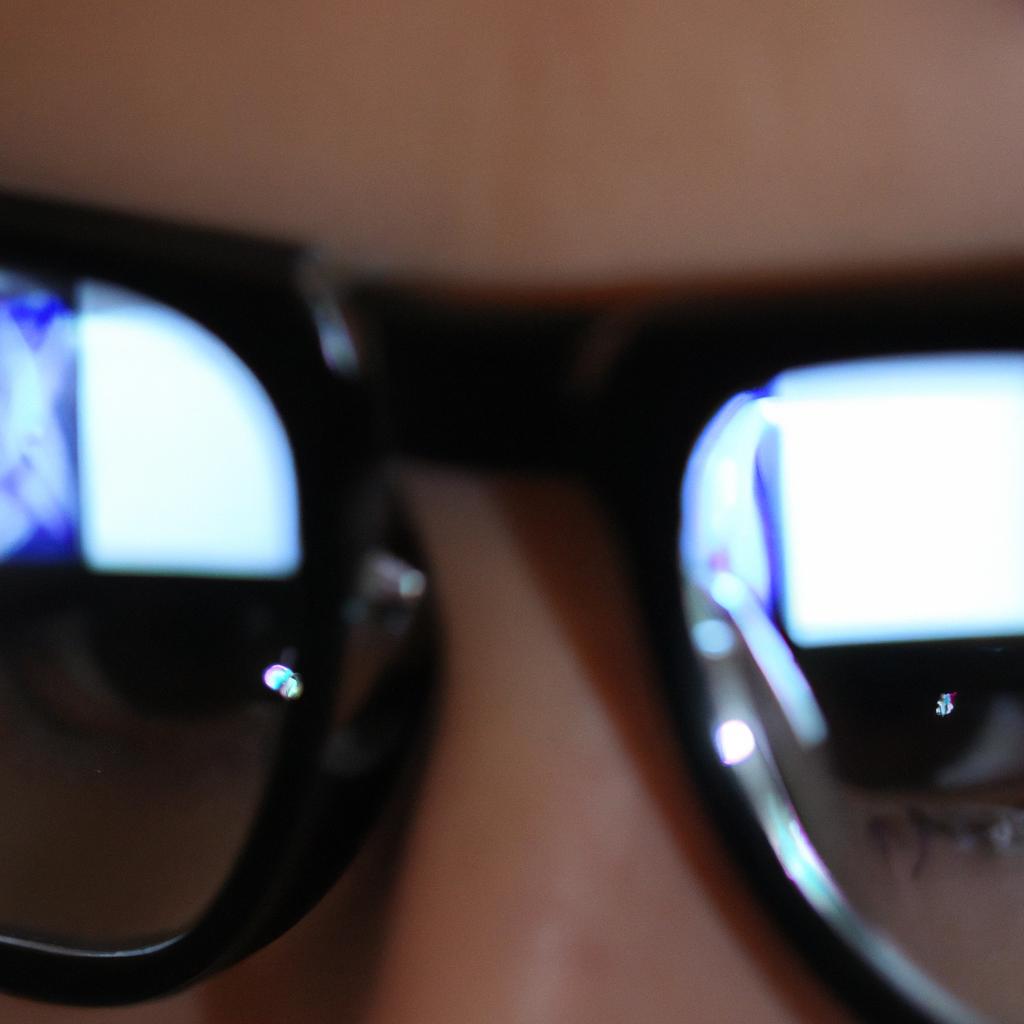
Our eyes are intricate organs working together to allow us to perceive the world. They consist of various components, functioning collectively to form images that our brain interprets. Understanding the eye’s anatomy is key to comprehending its functionality.
The Structure and Function of the Eye
The eye takes the shape of a globe and resides within the eye socket. It comprises three layers: the outer, middle, and inner layers. The outer layer consists of the cornea and sclera, protecting the eye while permitting light to enter. The middle layer, known as the uvea, encompasses the iris and choroid. Finally, the inner layer comprises the retina, optic nerve, and macula.
The eye’s primary role is to convert light into electrical signals that our brain interprets as images. This process commences as light enters through the cornea and pupil, regulated by the iris. The lens focuses the light onto the retina, housing photoreceptor cells that convert light into electrical signals. Subsequently, these signals travel to the brain through the optic nerve.
Key Components of the Eye
The cornea, iris, lens, retina, optic nerve, and macula are essential components of the eye. The cornea and lens collaborate to focus light onto the retina, while the iris governs the amount of light entering through the pupil. Photoreceptor cells within the retina convert light into electrical signals. The optic nerve transmits these signals to the brain, with the macula responsible for central vision and fine detail.
Understanding the eye’s anatomy is crucial, not only for comprehending its functionality but also for practicing proper care. In the subsequent section, we will explore common eye problems and how to prevent them.
Common Eye Problems: Safeguarding Our Vision
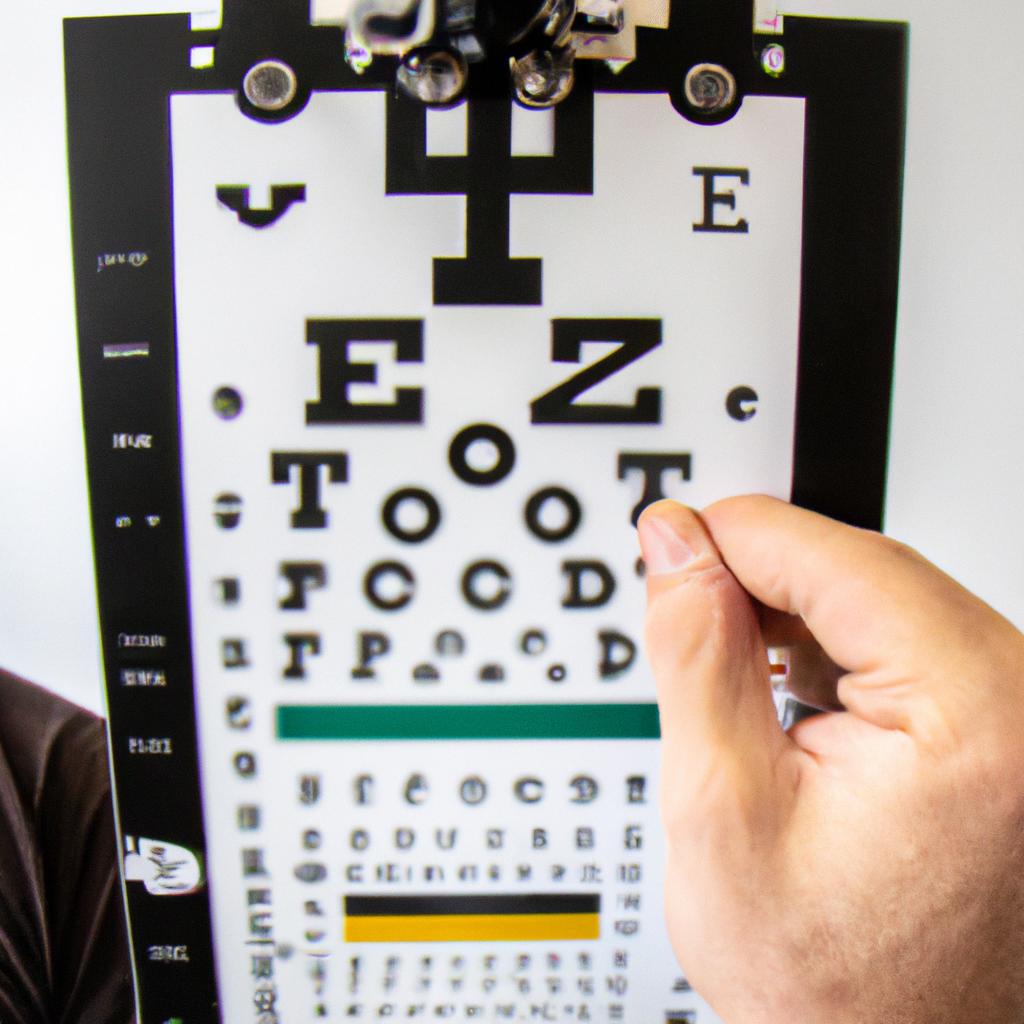
Our eyes are vulnerable to various conditions that can impact vision and overall eye health. Here are some commonly encountered eye problems:
Cataracts
Cataracts manifest when the eye’s lens becomes cloudy, affecting vision. Typically associated with aging, cataracts can also result from injury, radiation exposure, or certain medications. Symptoms include blurred vision, difficulty seeing at night, and sensitivity to light. Cataracts can be treated through surgery, involving the removal of the cloudy lens and its replacement with an artificial one.
Glaucoma
Glaucoma damages the optic nerve, often due to increased pressure within the eye. If left untreated, this can lead to vision loss and potential blindness. Symptoms encompass blurred vision, eye pain, and halos around lights. Treatment options involve medication, laser therapy, and surgery.
Dry Eye Syndrome
Dry eye syndrome arises when the eyes fail to produce enough tears or when tears evaporate too rapidly. This can result in discomfort, redness, and irritation. Contributing factors include aging, medication, environmental elements, and specific medical conditions. Treatment may involve artificial tears, prescription eye drops, or surgery.
Taking preventive measures against these common eye problems is paramount. This includes adopting a healthy lifestyle, wearing protective eyewear, and seeking timely treatment when encountering unusual symptoms. Regular eye exams play a pivotal role in identifying potential eye problems early on and ensuring optimal eye health.
The Impact of Technology on Eye Health
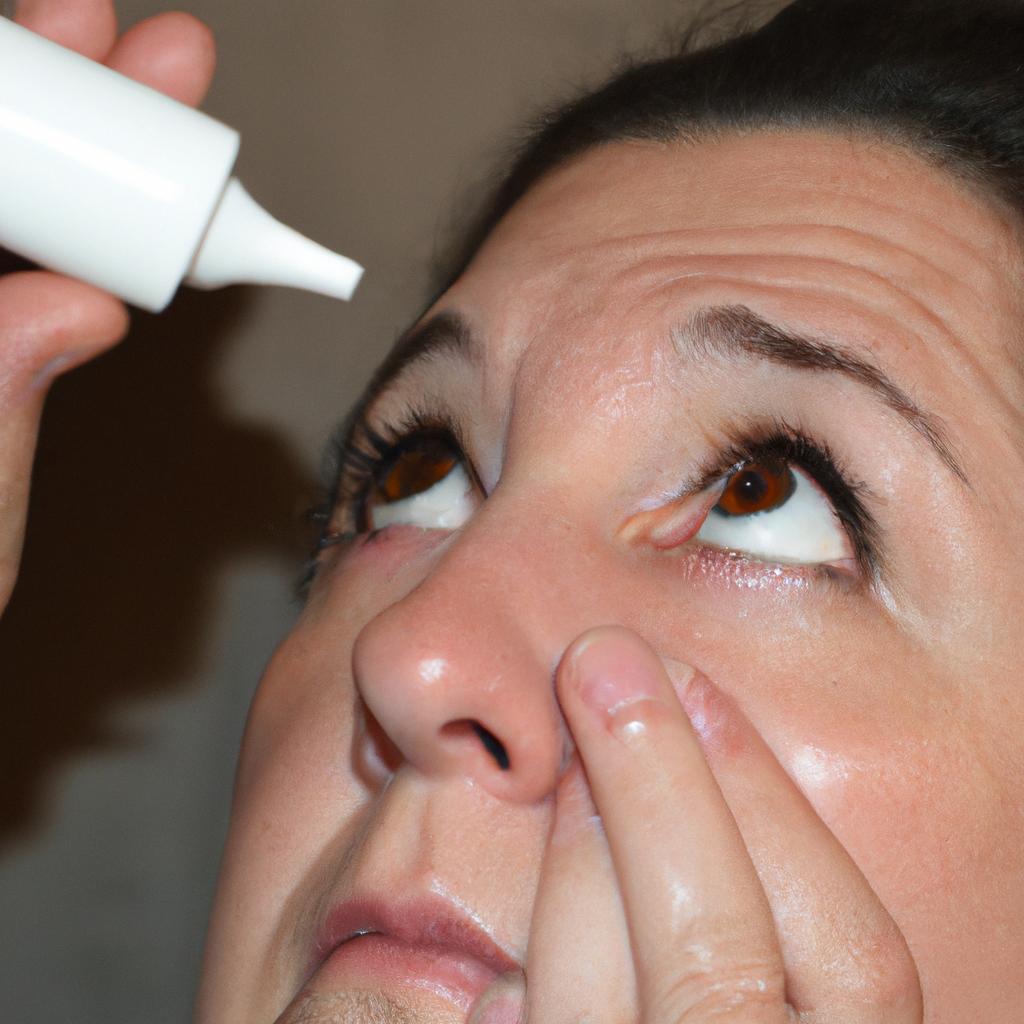
In today’s world, technology has seamlessly integrated into our lives. We depend on computers, smartphones, tablets, and other digital devices for work, entertainment, and communication. While technology enhances our convenience, it also poses new challenges to our eye health.
How Technology Impacts Our Eyes
Extended periods of screen time, be it on computers or smartphones, can result in eye strain, headaches, dry eyes, and blurry vision. The blue light emitted by digital devices can also disrupt our sleep-wake cycle, hindering sleep initiation and quality.
Moreover, continuously switching between devices and multitasking can exhaust our eyes, leading to decreased productivity.
Tips to Reduce Eye Strain from Technology Use
Fortunately, several measures can mitigate eye strain and promote eye health during the use of digital devices:
Adjust Screen Settings
Adapting screen brightness, contrast, and font size can alleviate eye strain and enhance readability. Additionally, enabling night mode or a blue light filter can reduce the blue light emitted by the screen.
Take Breaks
Taking regular breaks and diverting your gaze from the screen every 20 minutes allows your eyes to rest and minimizes strain.
Blink More Often
Prolonged screen exposure reduces the frequency of blinking, potentially resulting in dry eyes. Conscious efforts to blink more frequently can prevent this issue.
Utilize the 20-20-20 Rule
Every 20 minutes, take a break from the screen and focus on an object at least 20 feet away for a minimum of 20 seconds. This practice effectively reduces eye strain and enhances focus.
By adhering to these guidelines, we can mitigate the detrimental impact of technology on our eyes and maintain optimal eye health.
Eye Care Tips and Practices: Nurturing Our Precious Gift
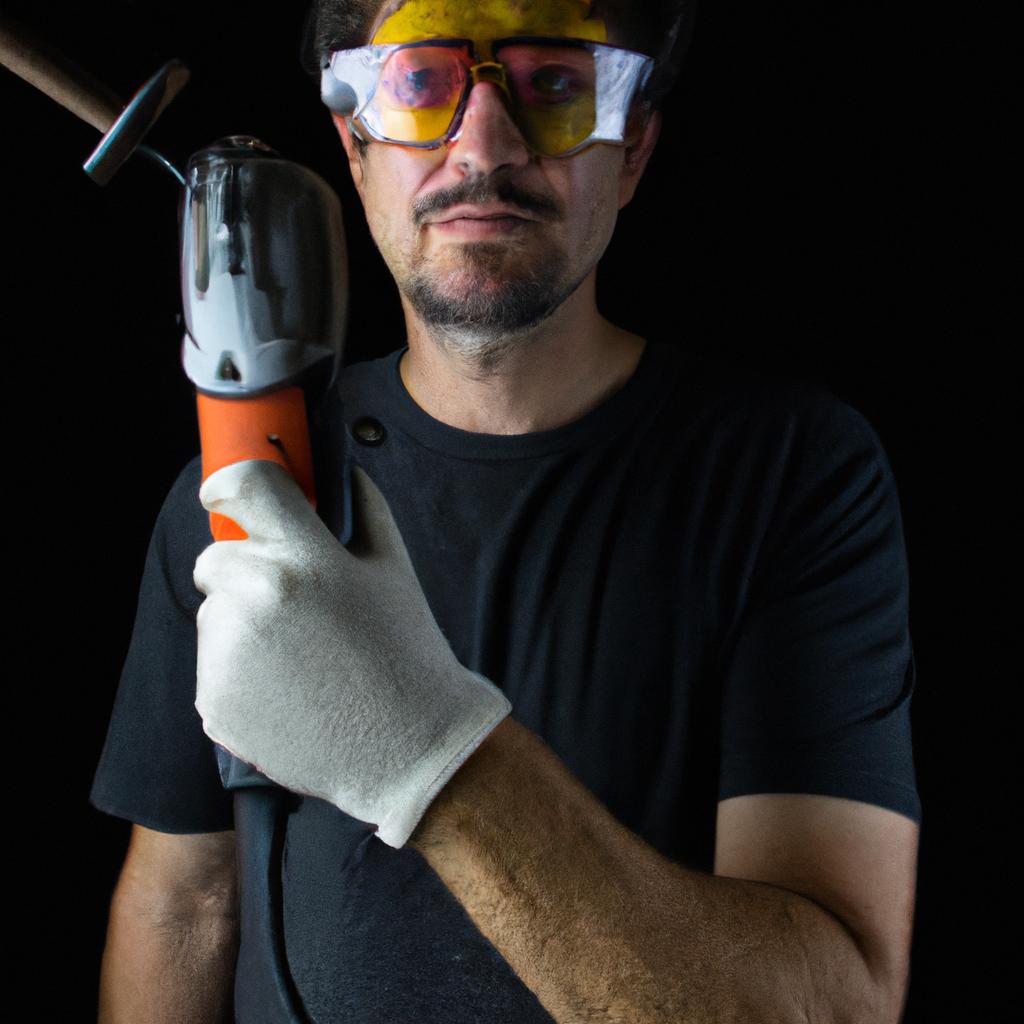
Our eyes are invaluable, warranting proper care and attention. Consider implementing the following practices to maintain healthy eyes:
Practices to Maintain Healthy Eyes
- Blink Frequently: Extended screen usage often leads to reduced blinking, causing dryness and irritation. Regular blinking keeps the eyes moist and minimizes strain.
- Take Breaks: Schedule breaks from screens every 20 minutes and shift your focus to an object 20 feet away for at least 20 seconds. This practice reduces eye strain and prevents fatigue.
- Adjust Lighting: Optimal lighting plays a vital role in minimizing eye strain. Diminish glare by adjusting screen brightness and contrast while utilizing curtains or blinds to shield against external light sources.
- Keep Your Screen Clean: Regularly clean your screen with a microfiber cloth to eliminate dust and smudges, minimizing strain on your eyes.
The Importance of Regular Eye Exams
Regular eye exams are crucial for sustaining healthy eyes. They facilitate the early detection of potential eye problems before they escalate. Adults should undergo comprehensive eye exams every two years, with those having existing eye issues or a family history of such problems scheduling yearly exams.
Proper Nutrition for Eye Health
A nutritious diet contributes significantly to eye health. Foods rich in vitamins A, C, and E, omega-3 fatty acids, and zinc help reduce the risk of eye problems. Incorporate leafy greens, citrus fruits, nuts, and fish into your diet for optimal eye health.
By integrating these practices into your daily routine, you can maintain healthy eyes and reduce the risk of eye problems. Remember to schedule regular eye exams and consume a balanced diet to nurture your El Ojo, ensuring its happiness and well-being.
Conclusion: Embracing the Wonder of El Ojo

In conclusion, El Ojo, the eye, is an irreplaceable aspect of our lives, enabling us to experience the world in all its glory. Prioritizing eye health and adopting preventive measures against common eye problems is paramount.
By comprehending the anatomy of the eye, familiarizing ourselves with common eye problems, understanding the impact of technology on eye health, and embracing eye care tips and practices, we can demonstrate our commitment to preserving this vital organ.
At TooLacks, we believe in raising awareness about health, nature, and animal-related topics. We hope this article has provided you with valuable information and insights into the significance of El Ojo and how to care for it.
Remember, caring for your eyes is not solely about preserving good eyesight, but also about safeguarding your overall health and well-being. So, cherish your El Ojo, and revel in all the beauty and wonder the world has to offer!
